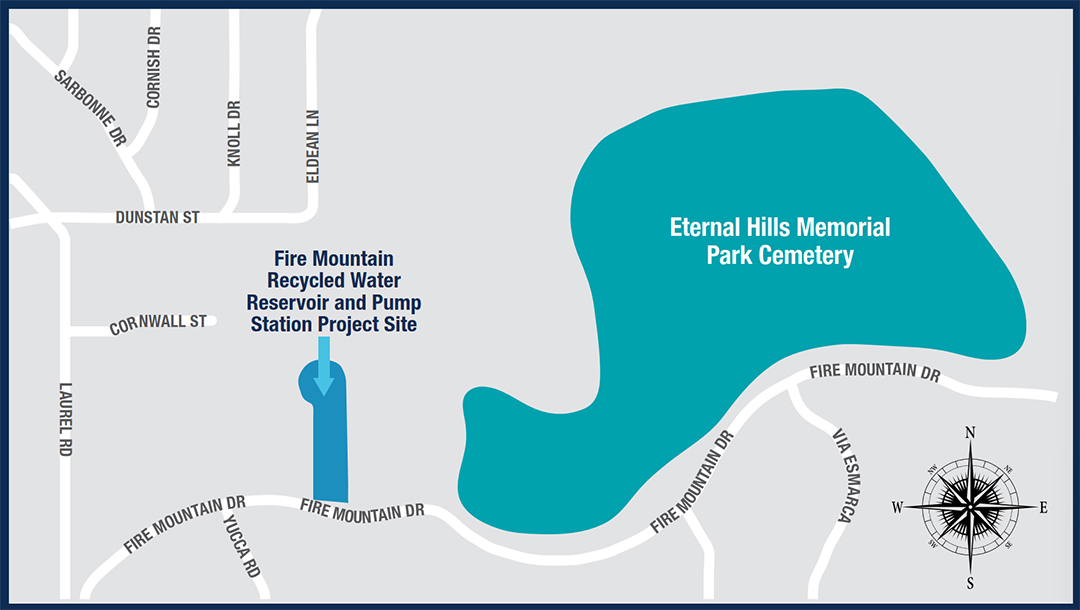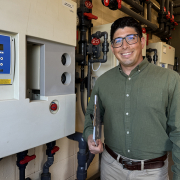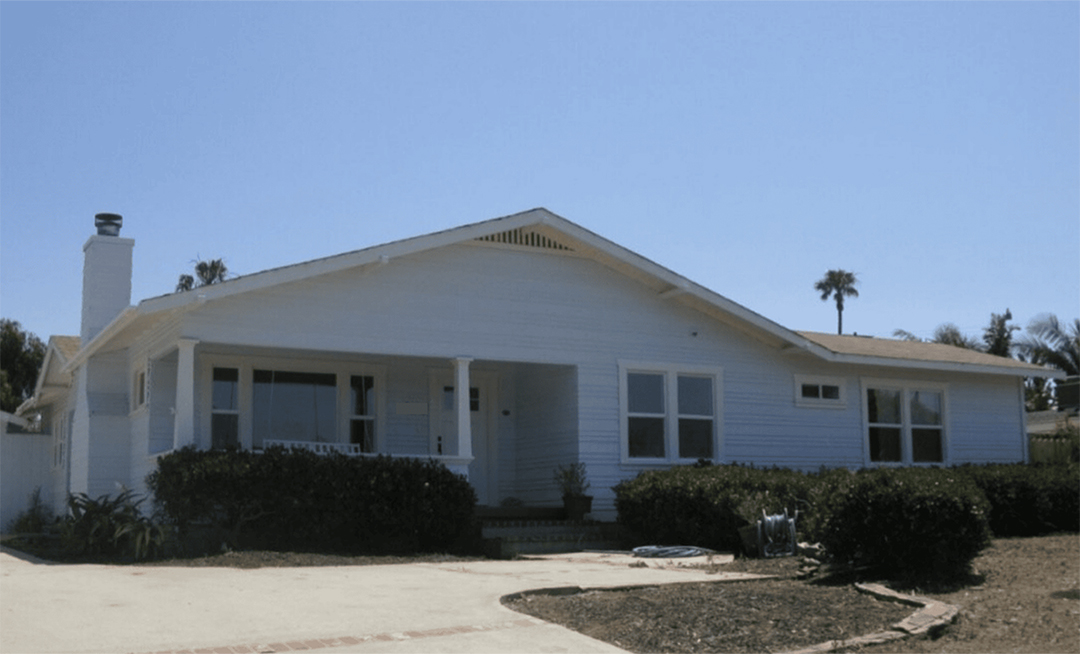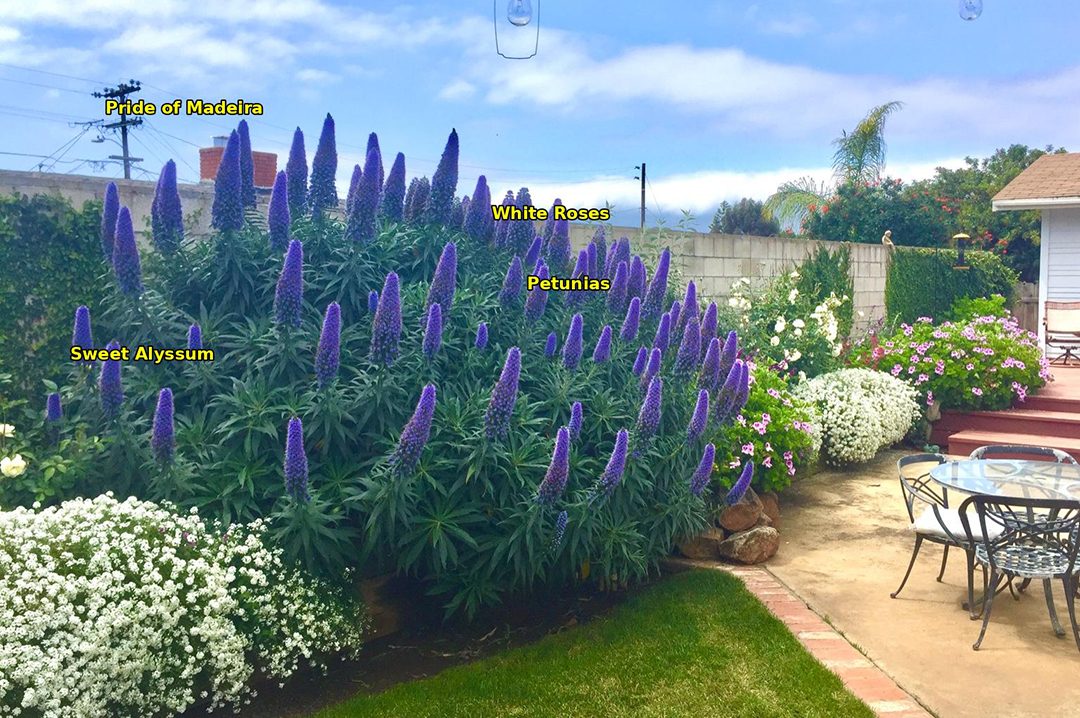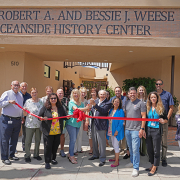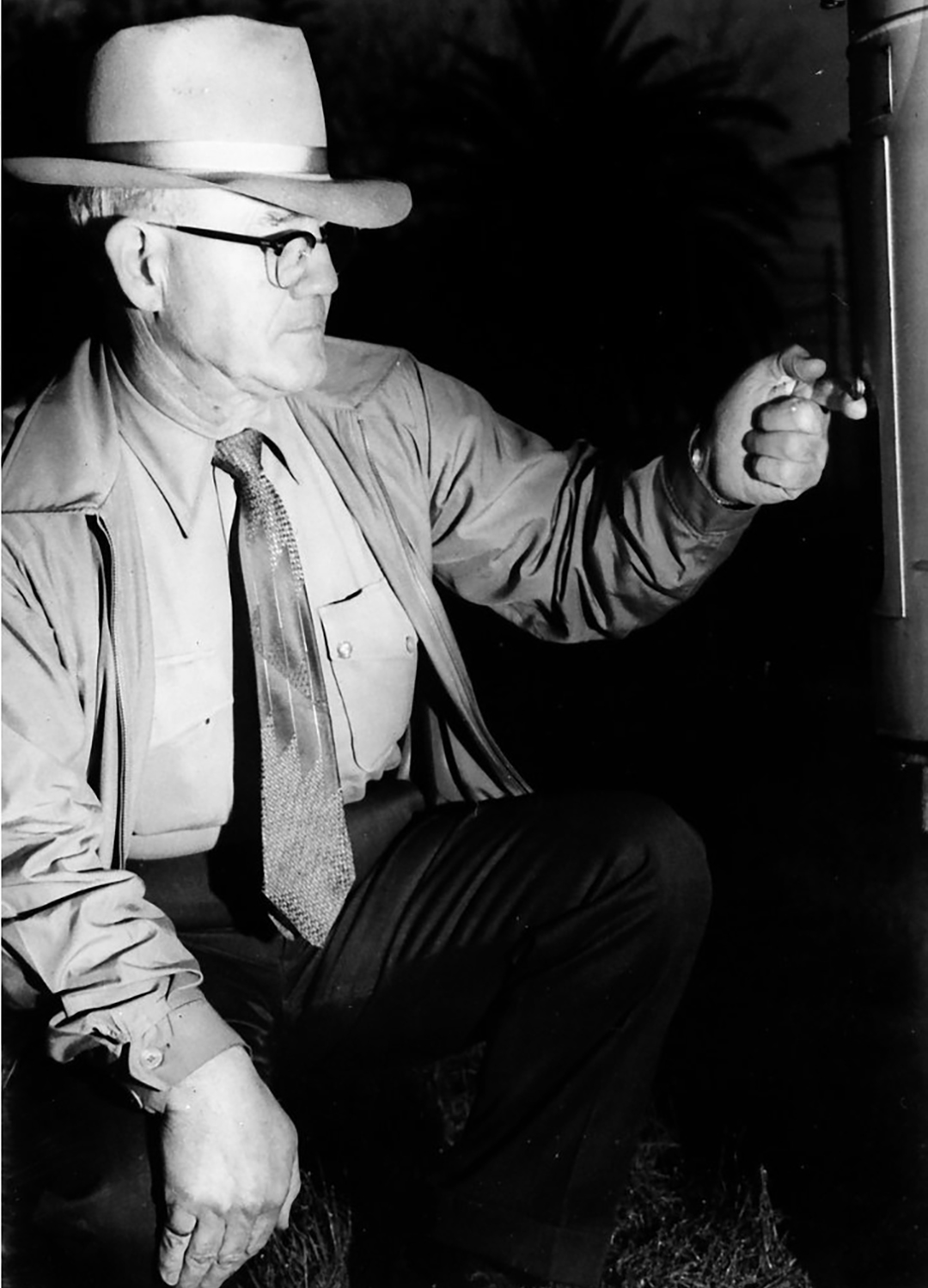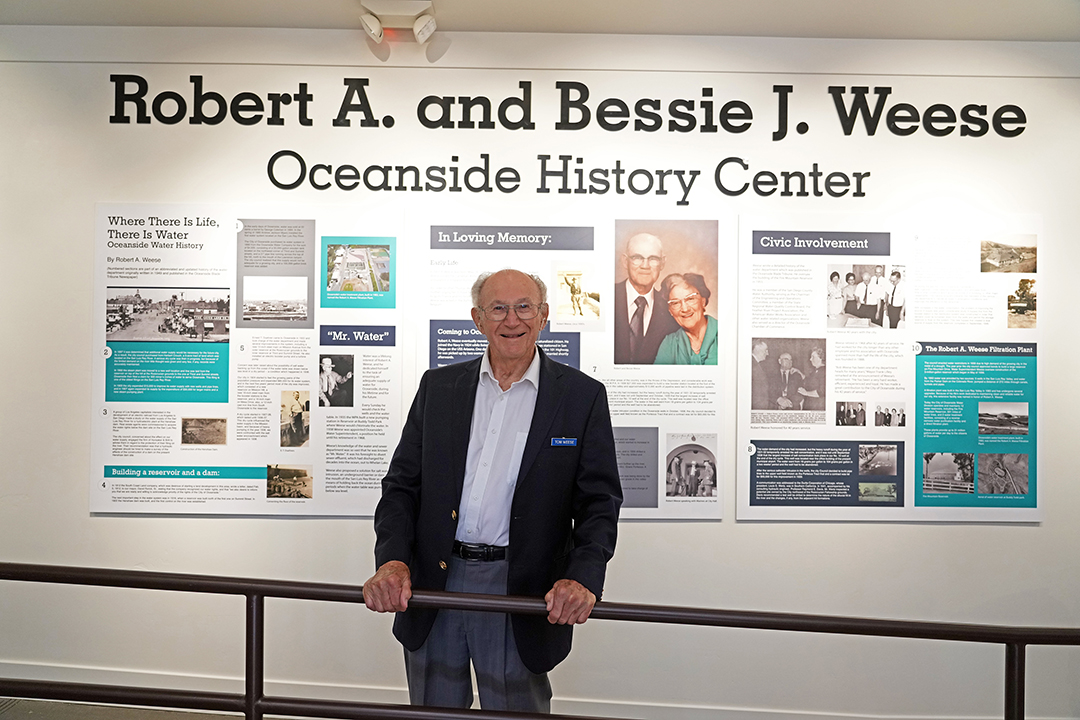In honor of Veterans Day on Tuesday, November 11, the San Diego County Water Authority and the region’s member agencies recognize the contributions of veterans to San Diego County’s water and wastewater industry, ensuring a safe and reliable water supply.
Water industry professionals and members of the U.S. armed forces share a common commitment to serving the public. Military veterans are ideally suited to work in water and wastewater industry jobs when they enter the civilian workforce.
The San Diego region employs approximately 4,500 water and wastewater workers, many of whom have successfully made the transition from the military to a new career.
Marine Corps Veteran Finds His Next Mission in Poway

City of Poway Utilities Administrator Carlos Cortes says the wide variety of roles offer the opportunity to explore different jobs and find the best fit for your skills. Photo: San Diego County Water Authority
City of Poway Utilities Administrator Carlos Cortes served his country for 14 years in the United States Marine Corps and Reserves. After completing his degree in Business Administration with a focus on Management Information Systems at Cal State San Marcos, Cortes entered the water industry workforce at the City of Oceanside in 2022. He was hired by the City of Poway in his current role in early 2025.
Cortes describes the similarities between the mission and workforce culture of the military and the water and wastewater industries.
“In the military, oftentimes you’re very mission-focused. It’s a type of collaborative environment. You’ve got to be able to work well with your team. You’ve got to be able to stay focused on the mission and stay resilient. Those things all transfer to the water sector.

Carlos Cortes served 14 years in the U.S. Marine Corps and Reserves, seen here at a promotion ceremony. Photo: Courtesy Carlos Cortes
“A lot of people join the military so they can give back to the country. In that same way, when you work for a water agency, you’re providing a critical service to the public. So there’s that alignment,” explained Cortes.
Cortes added there is also a shared sense of camaraderie. “In my mind, it’s an easy transition from whatever your role is in the military to continuing to do something similar on the civilian side.”
Cortes said the wide variety of roles offer something for every interest and ambition, with the opportunity to explore different jobs and find the best fit for your skills.
“There’s a great opportunity for career development within the water sector, because there’s always some position where you can start and get your foot in the door, and then develop your expertise within the industry.
“You want to turn your tap on and have water, but you don’t often think about the fact that behind it were dozens or hundreds of people and pipelines and projects and decades-long water agreements that brought that water to your tap.
“Oftentimes people don’t realize that those jobs are there, and that we are looking for highly capable and ambitious staff to fill them,” said Cortes.
Making A Smooth Career Transition

Carlos Cortes discusses water treatment at the City of Poway with Water Treatment Plant Manager Aaron Huff. Photo: San Diego County Water Authority
Cortes says the biggest barrier is often the concern by veterans facing a new role and a new structure. But Cortes says there are more similarities than differences.
“It’s important to understand that a lot of those skills that you gain (in the military) translate. They just require a little bit of like relating it now to a new field,” said Cortes.
“It requires just a small shift of the terminology to transfer those skills and feel a little bit more comfortable,” adding that a thirst for learning new things shared by many veterans will also serve them well in water and wastewater careers.
Army Prepares Veteran To Serve The Public In Oceanside
Roman Gomez, who works as a Meter Service Worker II for the City of Oceanside, served on active duty for six years in the United States Army and was pursuing his college degree while working full-time as a fast food restaurant employee when he learned about job openings for meter readers from a family contact.
After eight years, he’s happy with his decision to pursue the job and prizes the stability it offers, along with the sense of purpose it provides.
Gomez says learning how to remain cool under pressure allows him to easily handle emergency calls. “Especially when you know it’s a main break, and you’re trying to get that water back on as quickly and safely as possible. For me at least, it’s definitely satisfying.”
Translating Military Skills Into Water Industry Success

Military veterans can continue their service to the public in the water industry by taking advantage of programs for veterans such as Skillbridge. Photo: San Diego County Water Authority
Cortes recommended the San Diego County Water Authority’s Skillbridge program, which connects veterans with internships leading to jobs in the water industry during the last six months of their military service.
As the home to both Navy and Marine Corps families, San Diego has more than 110,000 active-duty personnel, with military families constituting nearly eight percent of the county’s population. Of the more than 30,000 service members departing from the military each year in California, over half reside in the San Diego region.
The Water Authority’s successful participation in SkillBridge highlights the agency’s commitment to military personnel and families.
Veterans can find career degree programs at one of the many San Diego community colleges including Cuyamaca and Palomar College, as well as CSU San Marcos, and National University. Options range from certificate programs to public administration and engineering degrees.
